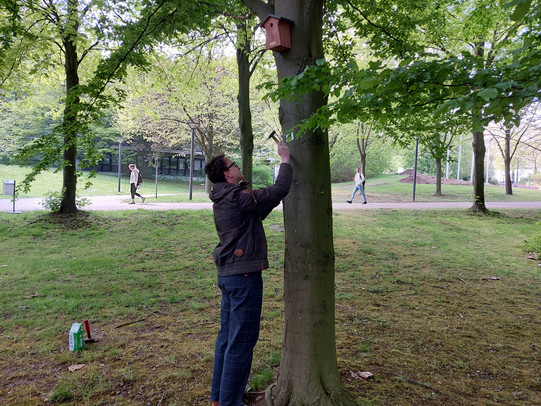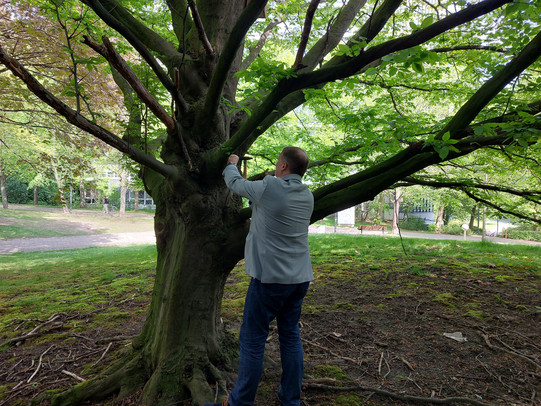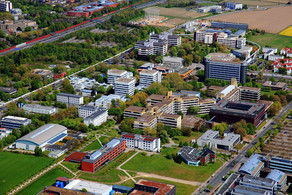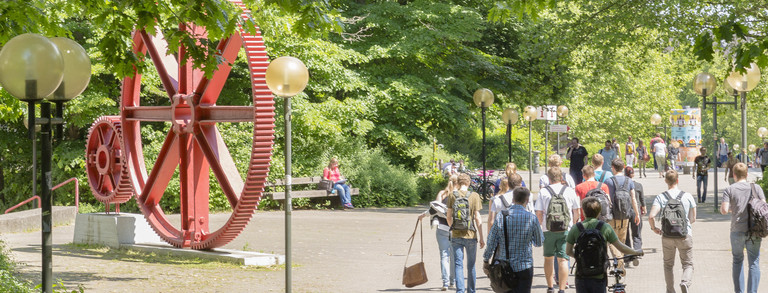Goal 15: Life on land
The goal is divided into several sub-goals. The aim is to achieve comprehensive protection, restoration and sustainable use of ecosystems. Sub-goal 15.1 focuses on the conservation of terrestrial and inland freshwater ecosystems, while 15.3 addresses desertification and soil quality protection and 15.4 mountain ecosystems. Sub-goal 15.2 makes sustainable management of all forest types, ending deforestation and rebuilding degraded forests and afforestation the goal. Sub-targets 15.5 to 15.8 aim primarily to address the loss of biodiversity, including through the fair and equitable sharing of benefits arising from the use of genetic resources (15.6), urgent action to combat poaching and trafficking of protected plant and animal species (15.7) or preventing the introduction of invasive alien species (15.8). Finally, ecosystem and biodiversity values should be integrated into decision-making processes (15.9).
The means of implementation is a significant increase in financial resources for the conservation and sustainable use of biodiversity and ecosystems (15.a) and provides for substantial funding for sustainable forest management, combined with appropriate incentives for developing countries (15.b). In addition, the fight against poaching and trade in protected species is to be strengthened (15.c).
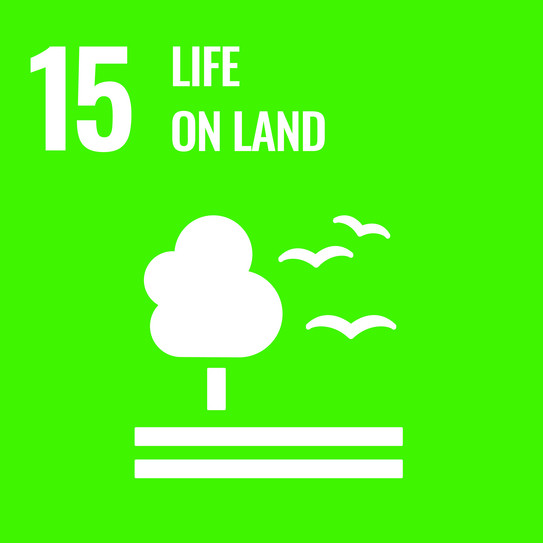
News on life on land
Birdhouses on the campus
- News
- Projekte
- SDGs
- 13 Massnahmen zum Klimaschutz
- 15 Leben an Land
- TU News
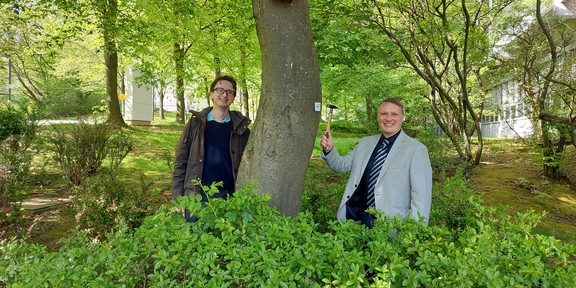
The promotion of biodiversity is an important element in achieving the sustainable development goals. With its large and green campus, the TU Dortmund can make a contribution to this. In addition to already existing projects on biodiversity , now another step has been taken towards biodiversity.
Since April 2022, nesting boxes have been hanging at 19 new locations, which were purchased by the BCI faculty as a follow-up to the lecture series Climate: Change, Values, Science in the winter semester 2021/2022. Each nesting box is a thank-you to the lecturers of the lecture series, who passed on their knowledge to the students and thus made a contribution to the success of the lecture and the studium oecologicum.
The nesting boxes were ordered from NABU and provide a retreat for tits, sparrows, pied flycatchers and nuthatches. In addition, four larger nesting boxes for starlings will be installed.
For all hobby-ornithologists and interested people, the locations of the nesting boxes were mapped and can be viewed as of now. Insect hotels and artworks on campus can also be found on the map, so that it's now easily possible to do an tour of discovery on biodiversity and art.
The nesting boxes were installed by the Sustainability Office and volunteers. On 27 April 2022, Prof. Stephan Lütz as the main organiser of the lecture series and Prof. Thomas Liebig as a participating lecturer officially inaugurated the nesting boxes. At the same time, all the nesting boxes were labelled with the names of the lecture series lecturers. Some birds were in a particular hurry, a few blue tits were seen in the birdhouses before the official 'handing over of the keys'.
We thank all those involved in this project! We are confident that in the coming months and years we can expect both bird offspring and the number of nesting boxes and insect hotels to increase even further.
